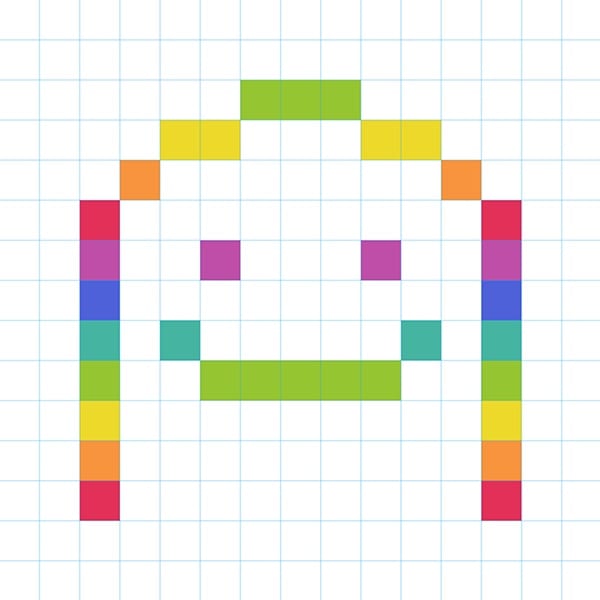

It's one of those tools that'll inspire creative teachers and lead to great hooks for lessons but require a bit of effort on the part of teachers to make sure activities help students extract and apply meaning from their enthusiastic play. They’re all built with the Web Audio API, and many of them utilize open source libraries like Tone.JS.

Play with these simple experiments to explore how music works. There are of course tons of use cases for music teachers, especially for introducing concepts including composition, rhythm, arpeggios, and harmonics. Chrome Experiments Music is for everyone. For instance, Oscillators can be a fun way to introduce the x- and y-axes and their usefulness for coding, and Chords and Sounds Waves can both be used to illustrate waveforms and frequency. Since there are only 13 experiments, start by playing around with all of them to see which ones connect with your curriculum, because those connections abound - not just in music but in science and math. Chrome Music Lab: Song Maker by Google Creative Lab + Use All Five A simple way to make and share a song. Teachers will likely, however, want to offer some guidance rather than let students run wild. Students can work alone or in small groups. The focus is very much on free-form play and experimentation, and on this front, it'll surely succeed, inviting students to explore and create. Chrome Music Lab Endless Possibilities As you can see, the possibilities for student composition are endless with Song Maker.

Chrome Music Lab is a free website by Google, featuring 13 different interactive musical "experiments." There's no instruction or supports beyond some simple iconography and tweets showcasing actual classrooms using the tool.


 0 kommentar(er)
0 kommentar(er)
